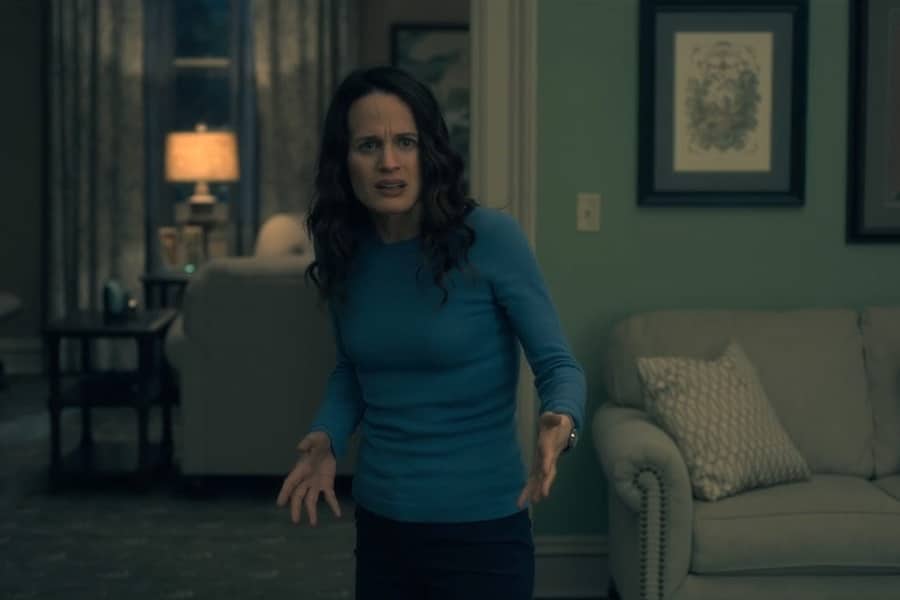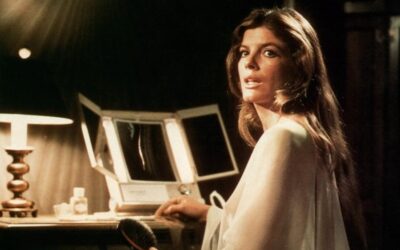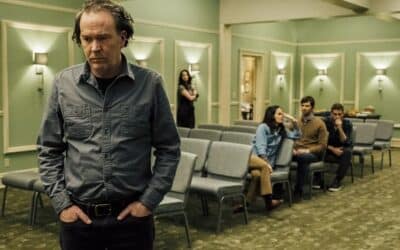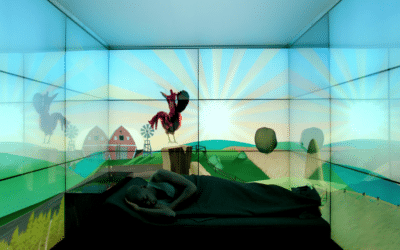
Female Characters in Horror
The landscape of horror fiction, notorious for its spine-chilling narratives and often dark portrayals, has undergone a remarkable evolution, particularly in its treatment of female characters. This shift, from damsels in distress to protagonists wielding power and complexity, mirrors broader societal changes and a growing appetite for stories that subvert traditional gender roles.
Historically, horror fiction relegated women to the sidelines, often as victims or secondary characters. They screamed, they ran, they fell victim to the grotesque machinations of villains and monsters. It was a portrayal steeped in stereotypes, reflecting broader societal views of women as weak and needing protection.
But as the pages of time turned, so did these narratives. Enter the era of female characters who are not merely surviving but leading the charge against their eerie adversaries. The transformation is evident in both literature and its screen adaptations, where women are no longer just the haunted but the haunters, the mystery solvers, and sometimes, even the anti-heroes.
Take, for instance, Shirley Jackson’s “The Haunting of Hill House.” Published in 1959, this novel stands as a testament to the changing role of women in horror fiction. Eleanor Vance, the protagonist, is not just a passive participant in the terrifying events at Hill House; she is central to them. Her complex character, battling internal and external demons, set a new precedent for female representation in horror narratives.
Another milestone in this evolution is found in Stephen King’s “Carrie.” Released in 1974, the novel tells the story of a young girl with telekinetic powers who turns from a bullied schoolgirl into a figure of horror. Carrie White’s transformation from victim to perpetrator was a significant departure from the typical damsel in distress, offering a glimpse into the potential of female characters as central, powerful figures in horror stories.
The shift also made its way onto the silver screen, with films like “Alien” (1979) and its sequels. Sigourney Weaver’s character, Ellen Ripley, became iconic not just for her survival skills but for her leadership, intelligence, and toughness in the face of otherworldly horrors. This marked a significant departure from the traditional horror movie heroine, offering a template for strong, capable women leading the fight against terror.
Moving into the 21st century, this trend has only accelerated. “The Babadook” (2014), a psychological horror film, features a widow grappling with her son’s fear of a monster lurking in their house. The film delves deep into themes of grief, mental illness, and motherhood, showcasing a multifaceted female lead battling both personal and supernatural demons.
This evolution is not just about strength in the traditional sense. It’s about depth, complexity, and realism in the portrayal of female characters. These women are not infallible superheroes; they are real, flawed, and relatable. They face fear, make tough decisions, and sometimes fail. But they also show resilience, intelligence, and courage.
Moreover, this transformation reflects a broader cultural shift. As audiences crave more diverse and realistic portrayals, horror fiction has responded with female characters that break the mold. These characters challenge the notion that women in horror must be either pure victims or femme fatales. They are leaders, thinkers, fighters, and survivors.
The evolution of female characters in horror fiction from victims to heroes represents a significant cultural shift. It’s a move away from one-dimensional portrayals towards complex, realistic characters who reflect the diverse experiences and strengths of women. As horror continues to be a mirror to society’s deepest fears and anxieties, the role of women in these narratives will undoubtedly continue to evolve, offering new perspectives and challenging old stereotypes.
More Horror Features
1970s Horror
The 1970s may be gone, but the fear they inspired remains
Horror Through the Ages
A Journey Through Time and Terror
Technology in Horror
When gadgets become nightmares



